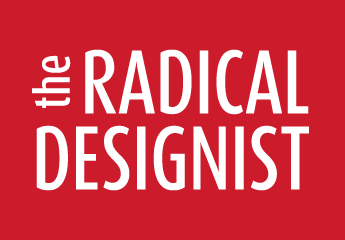ThRAD Special Issue on UTOPIA
A Present for Victor Margolin
Editor In-Chief, Eduardo Côrte-Real
Co-Editor In-Chief, Helena Souto
“It is fashionable today to scoff at the grand claims made by the artistic-social
avant-garde earlier in this century (20th). After all, they wanted nothing less than
to bring about utopia through the practice of art.”
Victor Margolin, Conclusion of “The Struggle for Utopia”, 1997
“This, which is the essence of his book, is the essence also of the struggle
in which we are engaged.”
William Morris, Foreword to Thomas More’s Utopia, 1893
A few notes on Utopia as it was
In 1516, the first edition of Utopia, by Thomas More, was printed in Latin. This year we celebrate five centuries of such influential book. Few have read it in full length and fewer in Latin. However, the word and the underlying ideas of Utopia strove not so utopically until our days.
One of our masters and friend, Victor Margolin utopian adept, wrote, from his doctoral research, a celebrated book: The Struggle for Utopia: Rodchenko, Lissitzky, Moholy-Nagy, 1917-1946, that soon will celebrate 20 years of publication (in the year of the Russian Revolution centennial anniversary). Also, his book of collected essays The Politics of the Artificial positioned the reader in a stance in which human social affairs should be considered primarily in Design Studies. Two years ago, in a preface for a book of essays published in Portuguese, Victor was called a “Paladin of Utopia”.
Utopia, as a book, a concept and an imaginary place in the world, have been highly influential for the past 500 years. By 1913, the words Utopian, Utopianism, Utopianist, Utopical and Utopist were in use and were listed in an American English Dictionary (Webster, 1913).
A reputed pioneer of modern design, William Morris wrote about More’s Utopia:
“In More, then, are met together the man instinctively sympathetic with the Communistic side of Medieval society; the protestor against the ugly brutality of the earliest period of Commercialism; the enthusiast of the Renaissance, ever looking toward his idealised ancient society as the type and example of all really intelligent human life; the man tinged with the asceticism at once of the classical philosopher and of the monk: an asceticism indeed which he puts forward not so much as a duty, but rather as a kind of stern adornment of life.”
(Morris, 1893)
Utopia | December 2016 Edition | Intro

